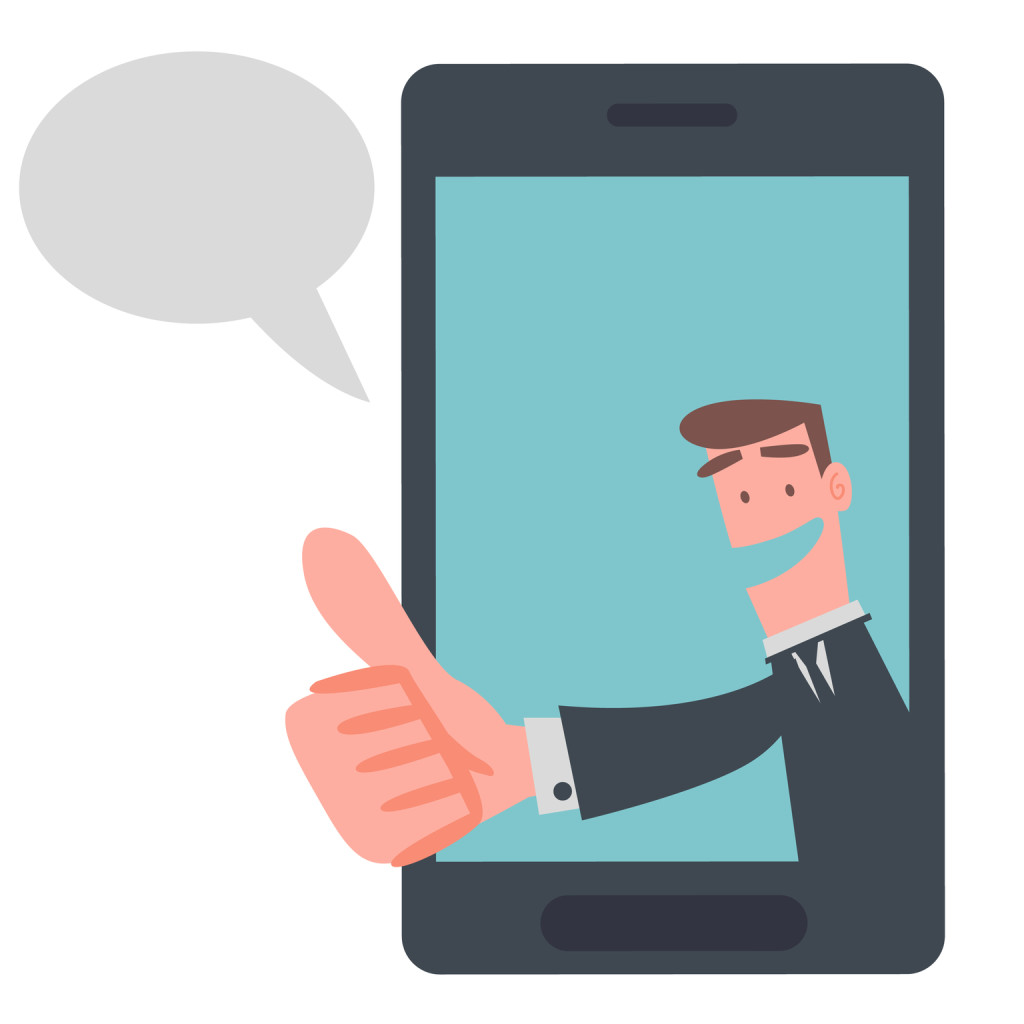BRINGING SEXY BACK to B2B MARKETING

If you can get through this next sentence without falling asleep, congratulations. B2B marketing has traditionally consisted of facts, figures, testimonials and whitepapers. Still with us? Good. As boring as that all seems, we can assure you, it doesn’t have to be this way. And if you’re a B2B business out there, we just want you to know – it’s not you, it’s us – the agencies that owe it to you to help bring your brand out of its cocoon, releasing its true colours and allowing it to soar high above the mediocrity. After all, there’s no such thing as a boring product, just boring packaging.
Hit ‘em right in the ‘feels’
With a huge amount of advertising noise coming from every direction, particularly the digital space, it’s important that B2B businesses really put themselves out there. Marketing efforts need to be tailored for the common human, not robots. Tuning in to those things called feelings will encourage people to really engage with your brand and talk about it. Remember the customer comes first so ask yourself:
– What are they interested in?
– What’s the best way to reach them and when?
– How are you going to solve their problem?
– How are you going to make them look like a god to their peers?
Try to avoid hitting them with the hard stuff too early. Yes, they may need some solid facts at some stage but first, think about how you’re going to lure (ahem) lead them in. Although B2B products may not be bought for emotional gratification, it doesn’t mean the marketing behind it can’t include plenty of warm fuzzies. Make them feel safe, show them how cost-effective it is and let them know your company cares about them as an individual.
Get your flirt on
Let’s face it, you’re trying to make an unsexy product desirable so just like a finely-tuned Tinder profile, show a shit tonne of charisma and put your best profile pic forward. Social media is the forum to do this; it gives you a chance to present a familiar, less formal side to your business through the likes of Facebook, Twitter and Instagram. Instead of your customers feeling like outsiders learning about your business, here’s their chance to get in on the action by joining conversations and sharing with their friends. Showing pictures of your staff is also a great way to ‘humanise’ your brand – “oooh, they look like a warm, down-to-earth company – in fact, they’re the kind of company I can see myself starting a relationship with” (sigh).
Stick to the game plan
Right, so now you’ve got an idea on how to make your company relatable and look super snazzy (side note: don’t go too far and use words like ‘snazzy’) so what now? Avoid going in hot without a strategy. You’ve got fun stuff and you’ve got boring stuff, now how are you going to roll it all out? Do continue things that have served you well in the past (we never said get rid of those white papers all together). Do target more than just the top dogs – an idea can come from any person in the company. Do aim to reach people outside of work hours too because, well, people are addicted to their phones and tablets. Don’t lose yourself – brand identity still needs to be evident in everything you do. If all else fails? Offer free stuff! Everyone loves a little win, even if it’s as simple as a free e-book.
Last but not least, don’t forget the plug. Whenever you get the chance, talk up your company and offer the easy click. For example, BallantyneTaylor would say something along the lines of “we know you’ve enjoyed this article, so don’t play hard to get – if you want to get a little stalky and see what other great things we’ve done (and could do for you) check us out riiiiight: here.









